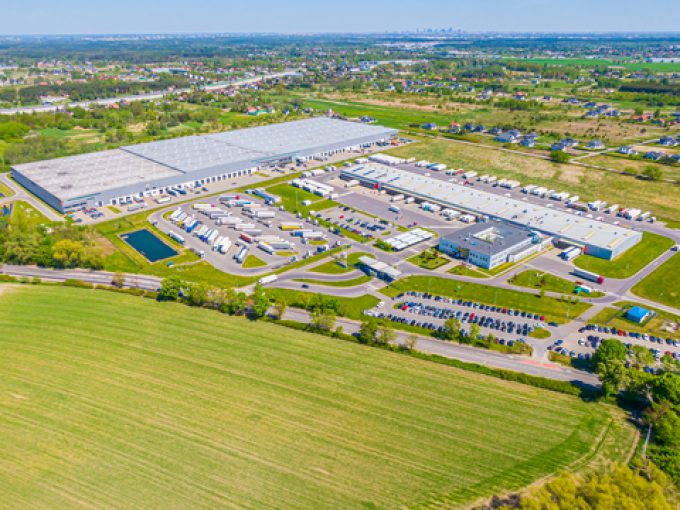A shift in strategy by US integrators – 'they're going after volume'
Recent actions by UPS and FedEx reflect a challenging market environment: a focus on shedding ...

Beneficial cargo owners have seen drastic drops in transport costs in recent months, and expect further softness ahead – but their storage costs are set to keep rising.
Inventory and demand may be declining, but a sharp reduction in new warehouse developments will keep vacancy rates tight and nudge rents up by more than 10% this year, according to developers.
Warehouse automation is expected to shift down a couple of gears this year, but should resume its upward trajectory in the following ...
Keep our news independent, by supporting The Loadstar
Container spot rates diverge: to Europe still falling, but firmer to the US
Volume surge and an early peak season? 'Don't celebrate too soon,' warning
Hapag-Lloyd won't take bookings if port congestion leaves cargo stranded
Ecommerce likely the front-runner in resurge of transpacific trade after deal
China-US trade tariff pause could drive a rebound for transpacific rates
Service chaos from trade ban with India a problem for Pakistan shippers
Airfreight rates ex-China 'loss-making', but hopes of a trade deal stay high


Comment on this article